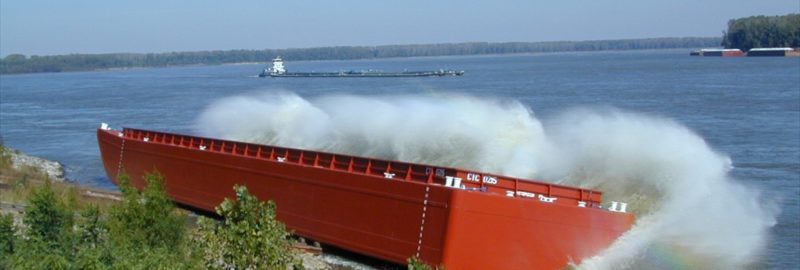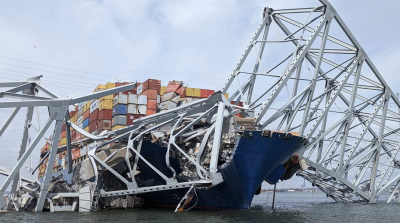Any time an industry finds itself in crisis, talk soon turns to when business will bounce back, what will be the early predictors, and how will we know when the corner has truly been turned.
Inland and coastal transportation companies are considering whether the tide has turned when it comes to low oil prices and its affect on marine transportation. Signs indicate that we are finally in a period of slow and steady growth.
When the marine transportation industry enters into hard times, decreasing utilization and falling day rates are two early predictors of a downturn. Utilization and day rates are also among the first indications that things are looking up for the marine industry, and together with a few other indicators, they point to a rebound.
Day rates are the canary in the coal mine when it comes to the workboat industry because they are a direct reflection of demand. Day rates topped out around $8,200 per day for many barge operators before diving as low as $4,500 per day in 2014. For many operators, these numbers made it hard to cover operating costs. This creates a ripple effect, because as operators take on more debt to cover costs they become riskier to creditors.
However, as demand picks up, so too do day rates. For barge operators, rates have slowly crept back into the $5,500-$6,000 per day range, increasing as much as 25% depending on the type of products that are being moved. Although the increase has been slow, day rates are moving in the right direction.
Day rates and utilization are directly linked to each other, and both are strong indicators of the financial strength of workboat operators. Like day rates, operators are also enjoying a resurgence in utilization. Utilization bottomed out around 80% during the first half of 2017, but stronger pricing and increased activity in the crude space is driving the demand to move more cargo. Some operators are now seeing a need to put vessels that were stacked for the past couple of years back into service, which is another indication that demand is on the rise.
Historically, there haven’t been a lot of banks actively pursuing financing deals in the workboat sector. However, as the industry picks back up and credit scores improve, so too do banks’ interest in lending to workboat operators. We’re seeing more and more banks entering the market and have also seen several sale leasebacks on vessels recently.
While increasing utilization, day rates and financing interest are all early signs of a rebound, industry experts are on the lookout for additional indications of a full recovery. Look for operators to invest in their fleets by adding or upgrading vessels and watch for money coming into the market from outside sources, such as investors building and owning assets but not operating them. These indicators signal not just a rebound but a strong and optimistic industry outlook. Many experts also believe there is still some room for day rates to increase, with a few operators pulling in rates that are below market price.
Although it seems like it’s been a long time coming, a strong economy and consumer confidence, and relatively cheap fuel prices give operators and the entire industry reason for hope.
Ronnie Evans is Director of Marine Finance at Key Equipment Finance the equipment finance affiliate of KeyBank. He has more than 20 years of experience in the finance industry. He can be reached at [email protected].





